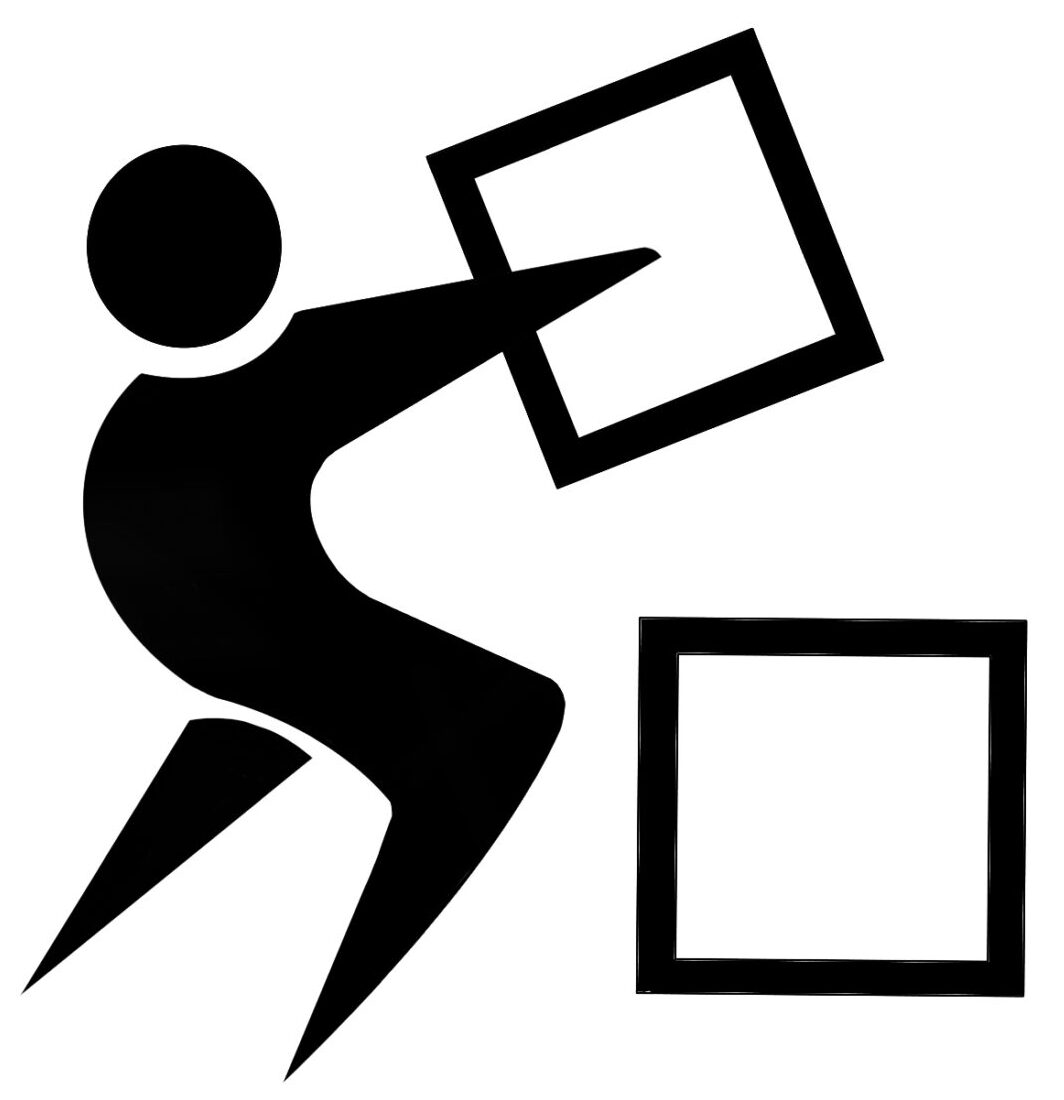Print on Demand vs. Drop Shipping
You’ve probably seen ads about making money online with zero inventory, no upfront costs, and complete location freedom. It sounds like a dream, right? Two of the most popular low-risk eCommerce models are Print on Demand (POD) and Drop Shipping. Both allow entrepreneurs to sell products without ever handling inventory—but they work in very different ways.
So, which one is better?

If you’re wondering whether to start a Print on Demand store or a Drop Shipping business, you’re in the right place. We’re going to break down both business models, compare profit margins, scalability, and risk, and help you decide which one fits your goals.
What is Print on Demand?
Imagine you want to start selling t-shirts, mugs, or phone cases with your own custom designs. But instead of buying 500 shirts upfront and hoping they sell, you create a design, upload it to an eCommerce platform, and when someone places an order, a third-party company prints and ships the item for you.
That’s Print on Demand (POD)—a business model that lets you sell custom-branded merchandise without managing inventory.
How Print on Demand Works
1. You create a design (for a t-shirt, hoodie, mug, etc.).
2. You upload it to a POD platform (Printful, Printify, Teespring, etc.).
3. You sell the item on your website or marketplaces like Etsy, Shopify, or Amazon.
4. When someone orders, the POD company prints & ships it directly to the customer.
Since products are only made when a customer buys them, there’s no upfront cost—you never pay for inventory until it sells.
Why Print on Demand is Great for Creatives
POD is perfect if you have a creative side and want to sell unique designs. Whether it’s funny t-shirts, motivational mugs, or custom artwork, POD lets you build a brand around your creativity.
However, while it eliminates inventory risk, it comes with lower profit margins and longer shipping times than traditional eCommerce.
What is Drop Shipping?
Now, let’s talk about Drop Shipping—another low-cost eCommerce model that doesn’t require you to handle inventory.
But instead of selling custom-branded items, drop shippers sell existing products from suppliers—typically trendy, high-demand items like kitchen gadgets, tech accessories, or beauty products.
How Drop Shipping Works
1. You list a product in your store (from AliExpress, Spocket, CJ Drop Shipping, etc.).
2. A customer places an order on your website at your retail price.
3. You forward the order to your supplier (who charges you the wholesale price).
4. The supplier ships the item directly to your customer.
As a drop shipper, you never see, touch, or store inventory—your job is to market and sell products at a markup.
Why Drop Shipping is Popular
Drop shipping is scalable, allowing sellers to test multiple products without risk. It’s a good fit for people who prefer marketing and sales over design and branding.
However, because you’re selling products that thousands of others are selling, competition is high, and margins can be razor-thin.
Print on Demand vs. Drop Shipping Quick Chart
Both business models remove the need for inventory, but they operate very differently. Here’s how they compare:
| Print on Demand (POD) | Drop Shipping | |
|---|---|---|
| Product Type | Custom-designed products (shirts, mugs, etc.) | General trending products (gadgets, accessories, etc.) |
| Customization | High – You control designs & branding | Low – You sell supplier products as-is |
| Startup Costs | Low – No upfront inventory | Low – No upfront inventory |
| Profit Margins | Lower – Printing costs eat into profits | Higher – Wholesale pricing allows more markup |
| Scalability | Medium – Brand-building takes time | High – Easier to test multiple products |
| Customer Loyalty | High – Unique products create a strong brand | Low – Products are generic and easily replaced |
| Shipping Time | Slower – Items are made-to-order | Faster – Suppliers often have stock ready to ship |
| Best For | Creative entrepreneurs, niche brands | Marketers, trend-focused sellers |
Which One is Right for You?
When to Choose Print on Demand
If you’re a creative entrepreneur who loves designing and wants to build a long-term brand, Print on Demand is a great choice.
It allows you to sell custom products that people can’t find anywhere else, which means less competition and stronger customer loyalty. However, be prepared for lower margins and slower shipping times.
✔ Best for artists, designers, and niche brand builders.
When to Choose Drop Shipping
If you’re more business-focused and want to scale quickly by testing multiple products, Drop Shipping is a better fit.
It’s ideal for entrepreneurs who are skilled in marketing, advertising, and finding trending products. Since you’re selling generic items that others also sell, competition is higher, but the ability to test and scale winning products is a major advantage.
✔ Best for marketers, trend-watchers, and fast scalers.
Final Thoughts: Which Business Model Wins?
There’s no right or wrong answer—it all depends on your goals, skills, and risk tolerance.
• If you love creating unique products and want to build a long-term brand, Print on Demand is the way to go.
• If you prefer testing different products and scaling fast, Drop Shipping is the better choice.
Both models have low startup costs, but the biggest difference is brand control vs. product variety.
